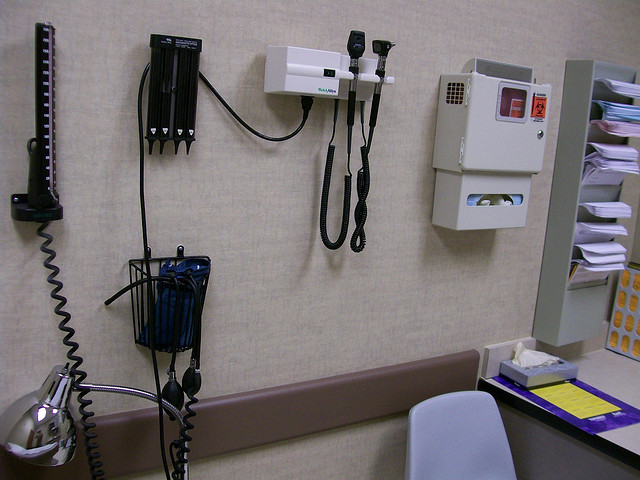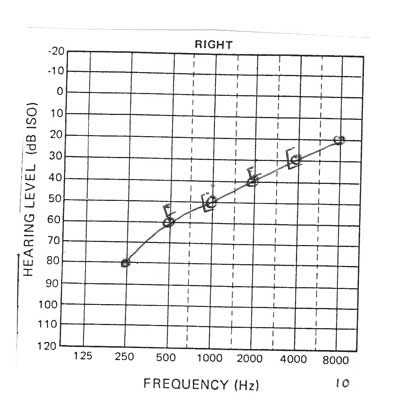If the unknown triggers anxiety, then a trip to the hearing specialist is especially stressful. While nearly all of us have experience with the family physician and the hometown dentist, the visit to the hearing specialist might be a first.
It sure would be helpful to have someone illustrate the process beforehand, wouldn’t it? Well, continue reading, because as you’ll find out, the process of having your hearing evaluated is ordinarily easy, comfortable, and pain-free — with portions that can actually be fun.
So here’s how it will go:
Just after you arrive at the office, you will check in with an employee at the front desk who will give you a few forms to fill out. Soon after filling in the forms, a hearing specialist will escort you into a room to get started on the hearing examination, which is made up of four parts:
Part 1: Case History

The hearing specialist begins the process by getting to know you, your health history, and your hearing loss symptoms. Preparation for this step is important, because this is where you get to explain to the hearing specialist the details of your hearing loss, what you would like from treatment, and your specialized hearing needs.
This part is all about you: what do you want to accomplish with improved hearing? Do you want to play a music instrument again? Do you want to be more engaged in work meetings? Do you desire to be more active at social gatherings? The more you can reveal to your hearing specialist the better.
Next comes the testing.
Part 2: Otoscopy
The first diagnostic test to be carried out is called an otoscopy. An otoscope is used to visually assess the ear canal and eardrum to determine if your hearing loss is connected with infections, earwax buildup, or obstructions. If the root cause of your hearing loss is something as basic as earwax accumulation, you could potentially start hearing better within minutes simply from professional earwax removal.
Part 3: Tympanometry
The following test is named tympanometry, used to test the eardrum and middle ear. A gadget is inserted into the ear that will modify the air pressure, calculating how your ear responds to a variety of pressures.
To have an understanding of this test, you have to first realize that hearing loss is categorized into one of two broad groups:
- Sensorineural hearing loss — this is the most widespread hearing loss. It is also referred to as noise-induced hearing loss and it involves injury of the nerve cells of hearing.
- Conductive hearing loss — this hearing loss results from clogging or obstructions that limit sound conduction before the sound gets to the nerve cells of hearing.
Tympanometry is a test that can help to rule out conductive hearing loss, to make certain that there are no blockages, infections, or middle-ear-bone problems. Conversely, Audiometry, which is explained next, will quantify sensorineural hearing loss.
Part 4: Audiometry

The concluding group of tests will be performed in a soundproof room. These tests are collectively referred to as audiometry and will determine your hearing range and sensitivity. Audiometry is the best method to measure sensorineural hearing loss.
With the use of an audiometer, the hearing specialist will be prepared to establish:
- Which frequencies you can hear comfortably and which you have problems with.
- The minimal decibel levels, at various frequencies, at which you perceive sound.
- The precise calculations connected with your hearing loss (as recorded on an audiogram).
- Your ability to recognize speech, with or without background noise.
The test itself, from your perspective, will be comfortable and easy. You will be presented with sounds and speech through headsets and will be asked to demonstrate when you can hear the sounds by pushing a control or raising your hand.
Assessing results and planning treatment
Shortly after the testing is finished, your hearing specialist will assess your results with you. If your hearing loss calls for medical or surgical treatment (due to infections or middle-ear-bone problems, for instance), your hearing specialist can make the appropriate referral.
If your hearing loss can profit from assistive listening devices or hearing aids, your hearing specialist will work with you to choose the optimum option for you, your finances, your lifestyle, and your cosmetic concerns.
Pretty painless for a lifetime of better hearing, isn’t it?